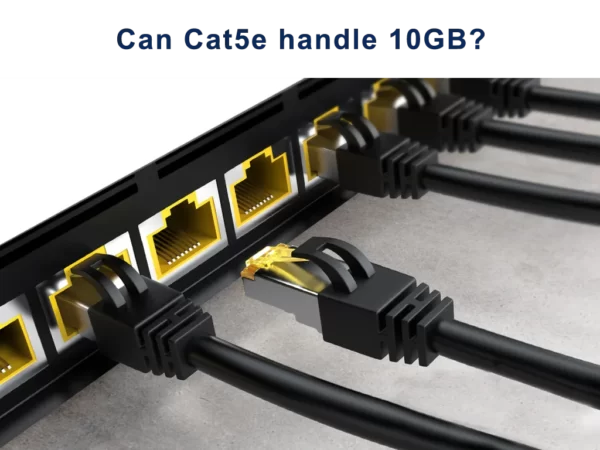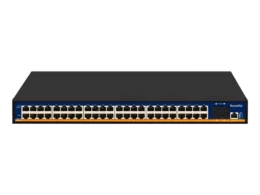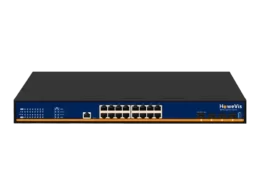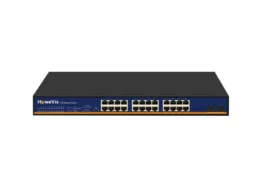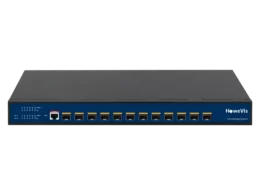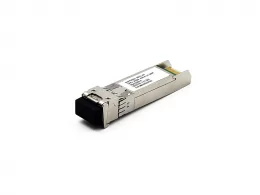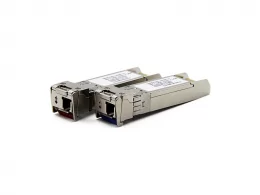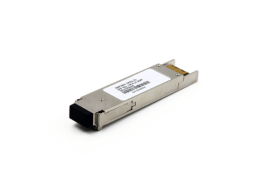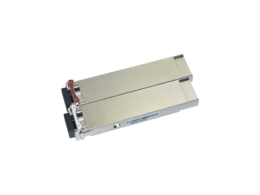Yes. Cat5e can handle the 10 Gigabit Ethernet. You can expect a lower range but higher efficiency and a more significant advantage due to low deployed costs. Overall, we consider it a cost-effective plan. To get a detailed answer, go through the guide and understand why the Cat5e Ethernet cable has an actual application in our networking technology.
Since the 1990s, the Institute of Electrical and Electronics Engineering has struggled to improve network performance and develop a better system. A system that downloads files within seconds without interrupting the data packets. Similar cases apply to Ethernet technology, which has helped us achieve the milestones. Let’s elaborate on Ethernet cables to learn more about their uses.
Overview of Cable Types and Cat5e
Do you know about Ethernet cables? There are different types. IEEE has upgraded them and increased their performance over time.
Here are some types of IEEE cables.
- Cat1
- Cat2
- Cat3
- Cat4
- Cat5
- Cat5e
- Cat6
- Cat6e
- Cat7
- Cat8
- Cat8a
In the future, you can even assume more cable types.
So, Cat5e is one of the abovementioned cables that facilitates the Ethernet system and supports the network. Remember one fact. Cat5 is a variant of Cat5e, so it is better to know about both and determine why IEEE introduced the Cat5e when we already had the Cat5 cable.
However, the main question is, how do these cables help us get the data?
The answer is simple. Each cable has an RJ45 or connector to build and join the links. You can connect your line with the Ethernet switch on one end and the device on the second. So you can transmit data from the switch to your equipment.
Suggested Reading: What Is a Gigabit Ethernet Port?
How is it different from Cat5?
The IEEE introduced the Cat5 cable in 1995 as an upgrade to the Cat4. At that time, engineers worked around Gigabit Ethernet instead of Fast Ethernet.
When the Consortium of companies introduced 10 Gigabit Ethernet in 2000, a cable type was needed to support it. That is where they brought up Cat 5e to endorse it. However, today, we have better cabling systems for data transmission.
There are some fundamental differences between Cat5 and Cat5e. Please have a look at them!
Network Performance
Network performance ensures safe data transmission and traffic handling. A high-performance network stimulates high throughput with less interference and network blockage.
Cat5 has a high-performance network and can efficiently transfer 1000 Mbps throughput.
Cat5e is a better upgrade to Cat5 and has extended features. It provides fewer bottlenecks, handles traffic quickly, and can even support 10GBase-T without any problem.
Winner: Cat5e is far better than Cat5.
Technology Support
There are three major technology types of Ethernet till now.
- Fast Ethernet was the oldest in the 1990s.
- Gigabit Ethernet — IEEE put it forward in 1996.
- 10 Gigabit Ethernet — introduced in the early 2000s
A better cable must support all these technologies and reduce the cost.
As far as we discussed, the Cat5 can promote only Fast and Gigabit Ethernet. You can’t expect it to work with the 10GB Ethernet.
Cat5e authorizes all three technologies to work efficiently and reduce the potential number of bottlenecks to increase the quality of traffic.
Winner: Cat5e is a winner in this case.
Bandwidth
The higher the bandwidth, the better the network performance will be. Sometimes, bandwidth determines how much data can be transmitted over the given network, so we can also compare bandwidth in this case.
Cat5 has less bandwidth than Cat5e, so it works only with Fast and Gigabit Ethernet. The maximum data speed is 1 Gigabyte per second.
Compared to it, Cat5e outperforms and can support up to 10 gigabytes per second. Isn’t it amazing to replace Cat5 with Cat5e?
Winner: Cat5e is better.
Cost
Deployment cost is also a crucial factor when comparing both types of cables. Higher-performance cables are usually expensive because they have some routing features and extend network capabilities.
In this case, Cat5 has lower deployment costs. This is because of the fewer features available.
Cat5e is a better option but is a bit expensive compared to Cat5. Depending on your budget and requirements, you can choose any twisted pair of cables.
Winner: Cat5 is inexpensive.
Future Uses
We primarily look at upgrading, improving network efficiency, and providing system support for future uses. Moreover, you can assume several applications a specific technology can handle.
Cat5 has several limitations. Moreover, it can not even work with the 10 Gigabit Technology. In future uses, it might not cope well.
Cat5e has extended features and can be upgraded in the future. Moreover, high network performance is also a plus point in favor of Cat5e.
Winner: Cat5e is a winner in this case.
Can I use the Cat5e for 10 Gigabit Ethernet?
Yes. You can use the Cat5e to build the 10GBase-T network for your system. To do that, you need:
- A switch
- A Cat5e port
- Router
- Devices
Cat5e can support 10 Gigabit Ethernet up to 45 meters. Compared to a regular 100 meters, the range is less to support the maximum data transmitted for 10GBase-T. If you are looking for a distance of 100 meters, you can use higher cables—Cat6 and above.
However, Cat5e is backward compatible and can efficiently work with lower technology options like Gigabit Ethernet and Fast Ethernet.
Suggested Reading: What Cable Should I Choose for 10GB Ethernet?
EndNote
Are you still wondering whether Cat5e is the right choice? It depends on many factors. This cable is a better choice if you want to save some bucks. Most people use it in their networks.
If you want to purchase Ethernet tools like Switches, injectors, cables, and extenders, you can check out our Collection at HoweVision Professionals. Contact us today to get your favorite cable!
